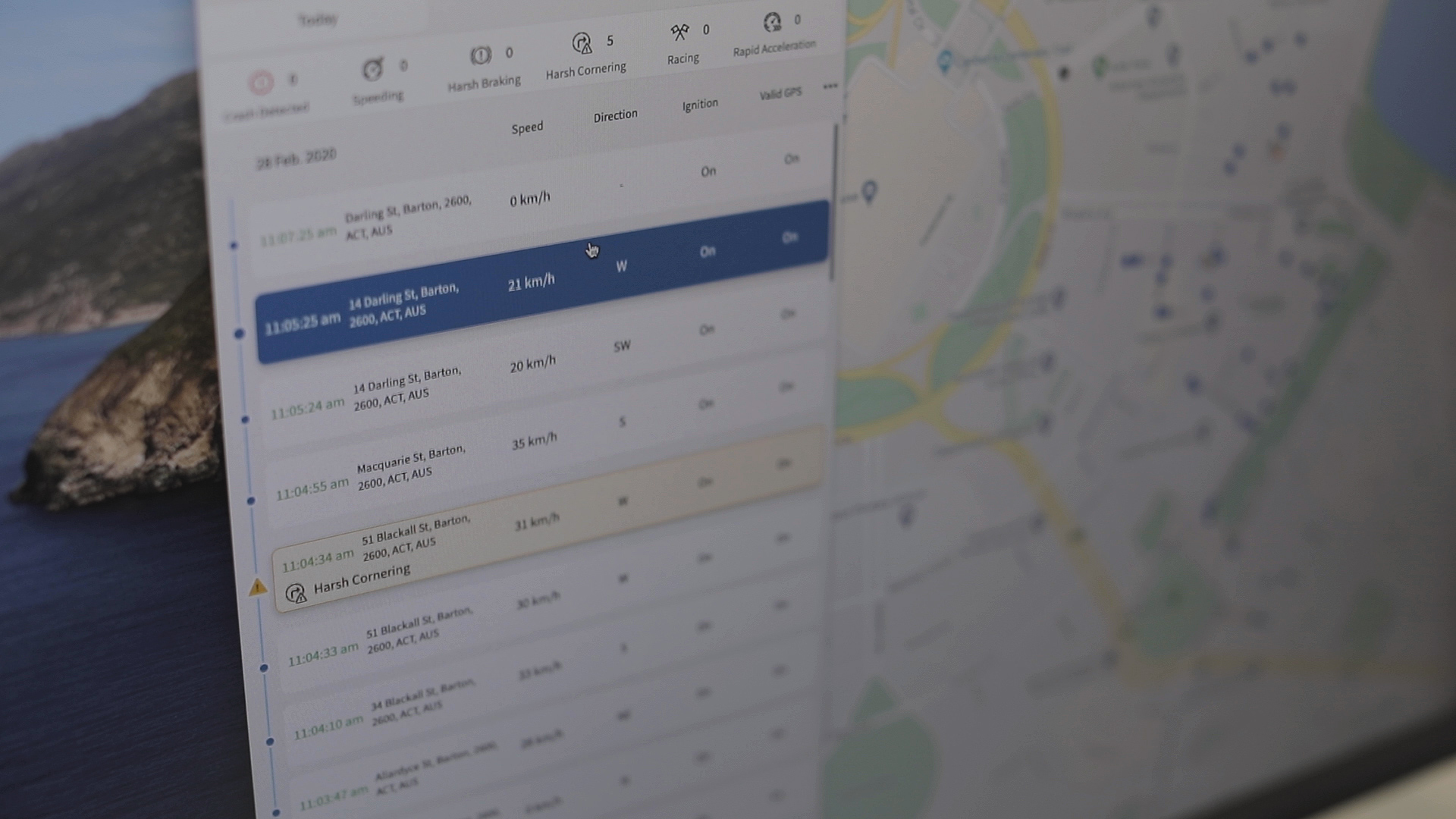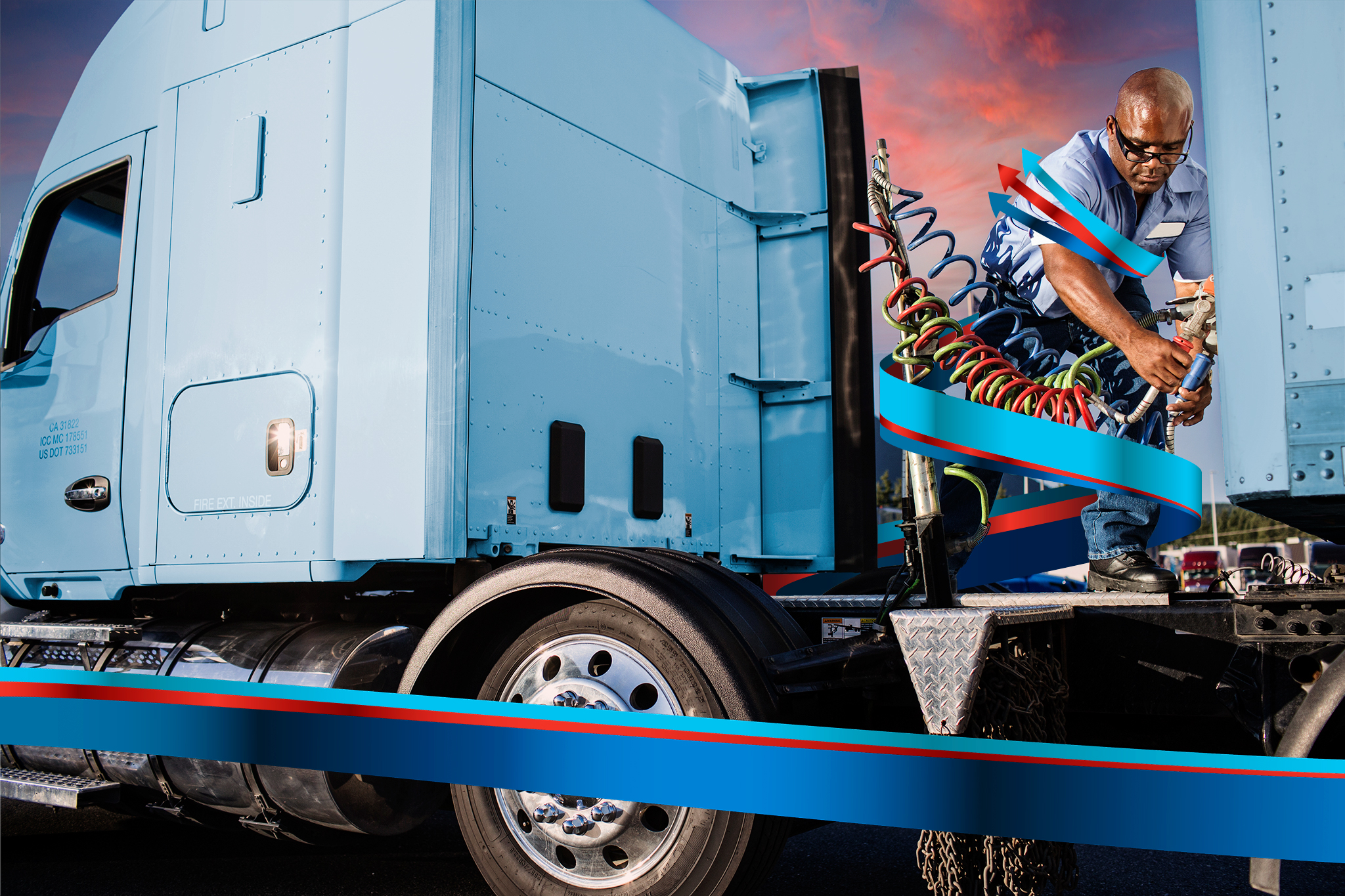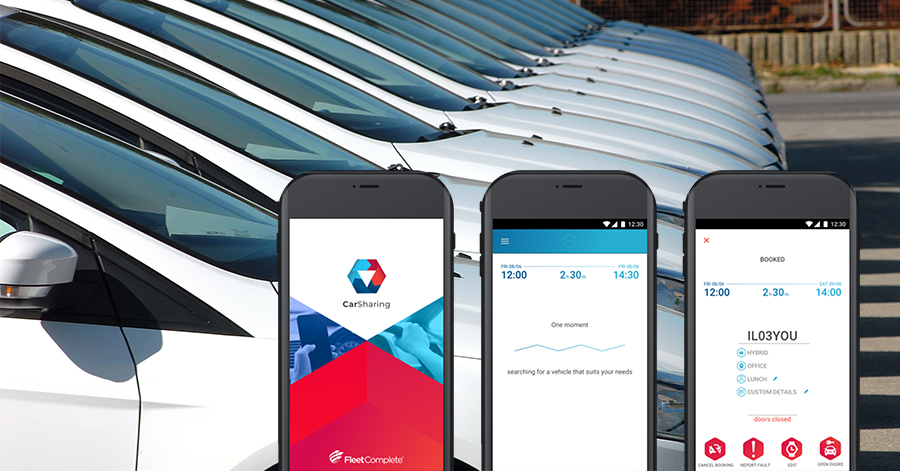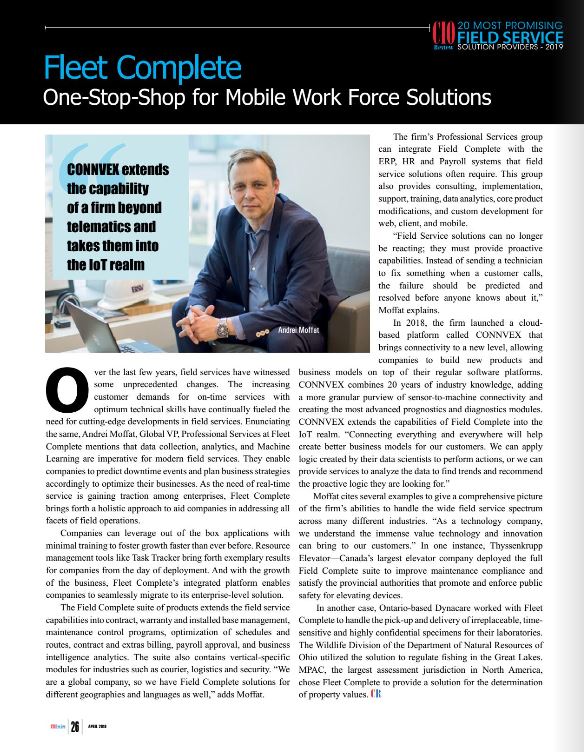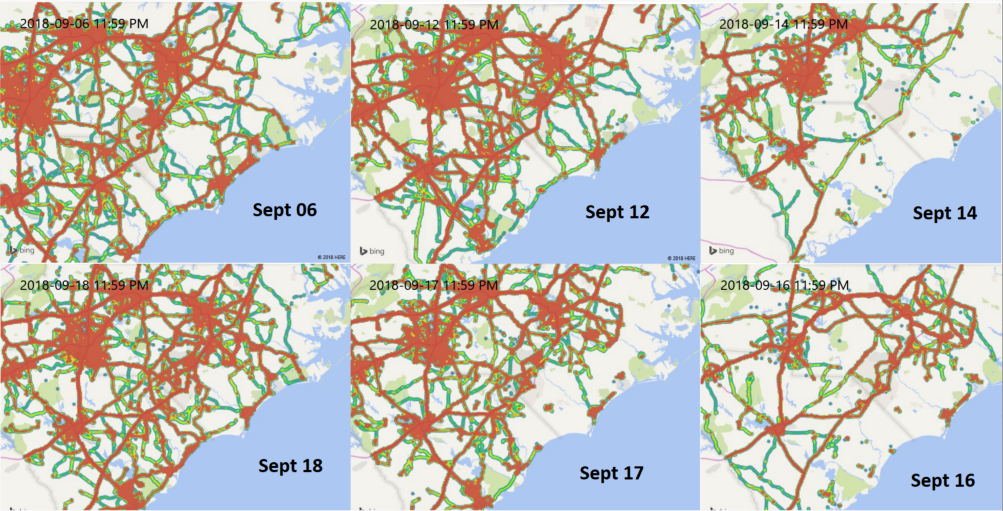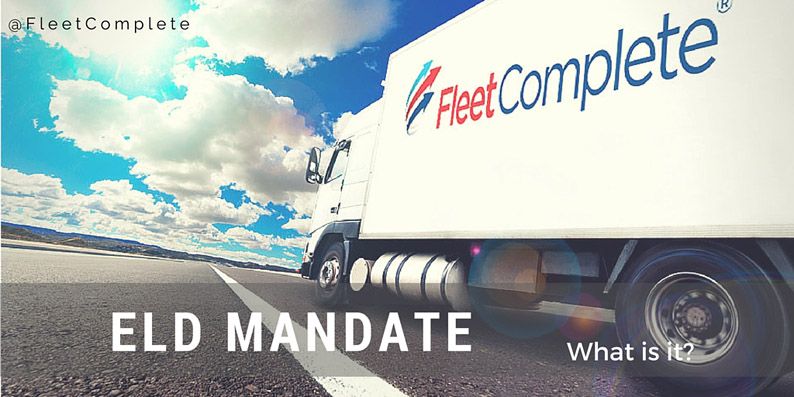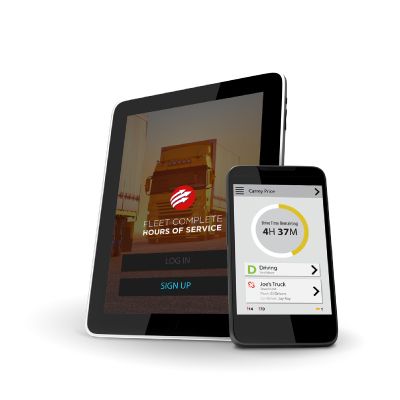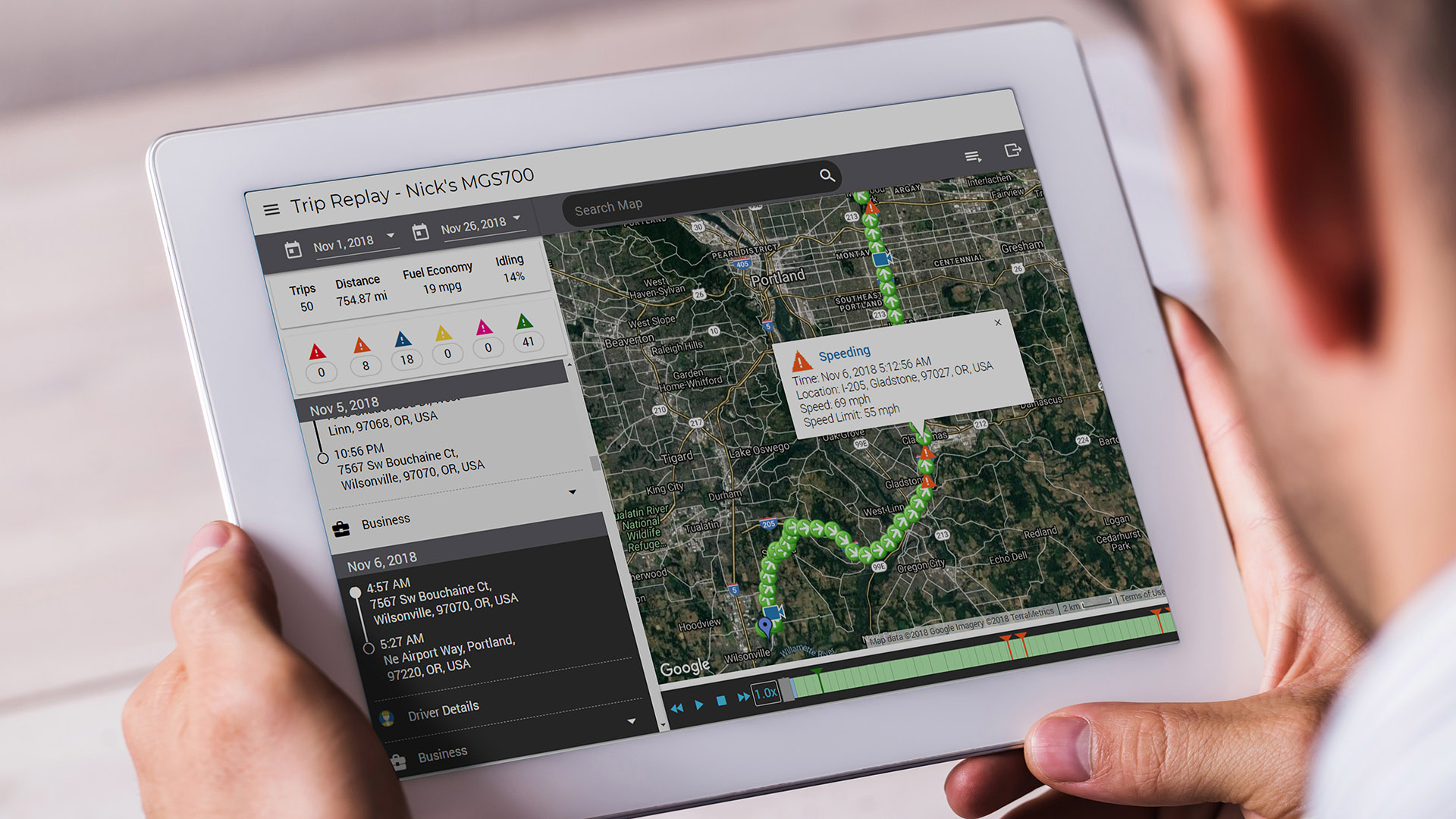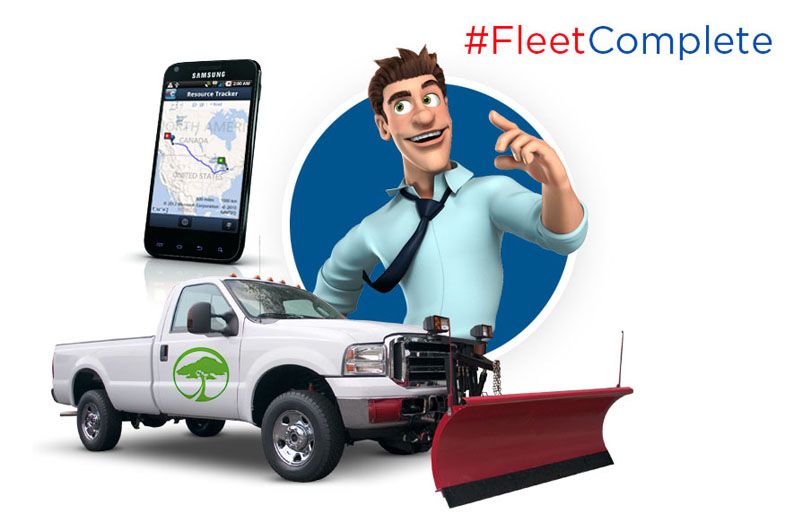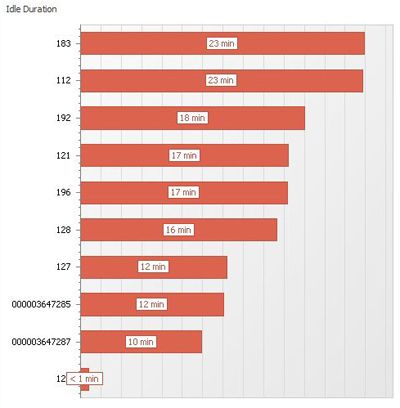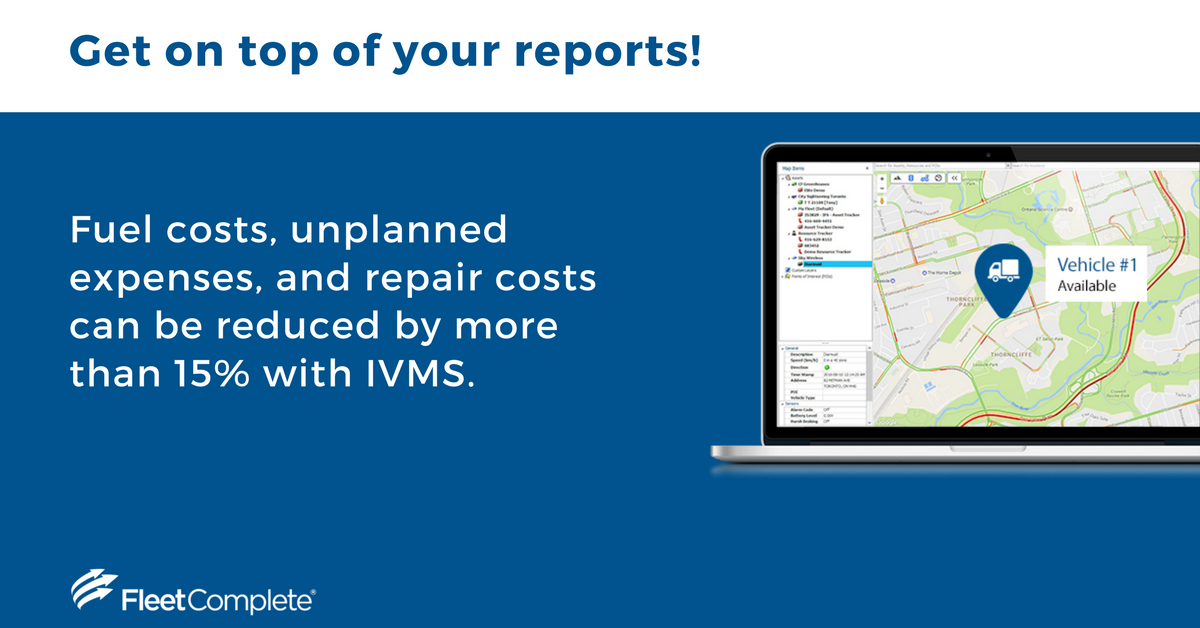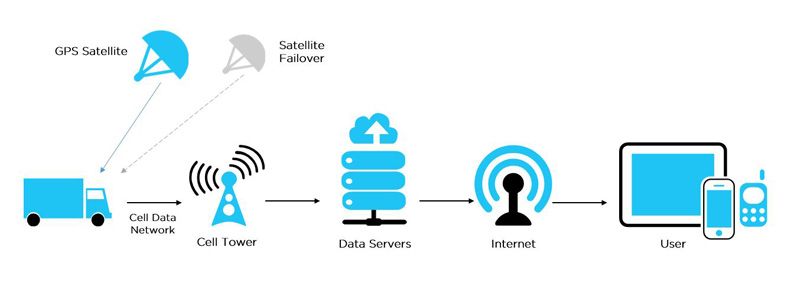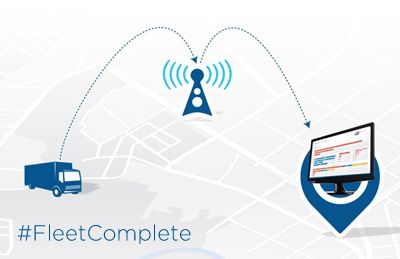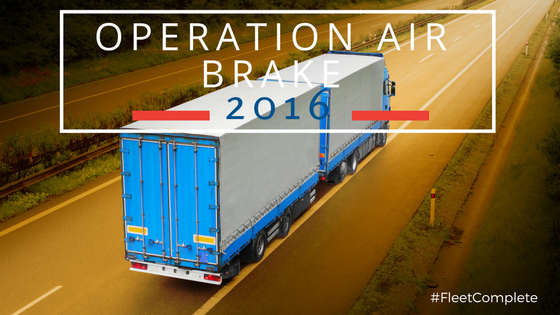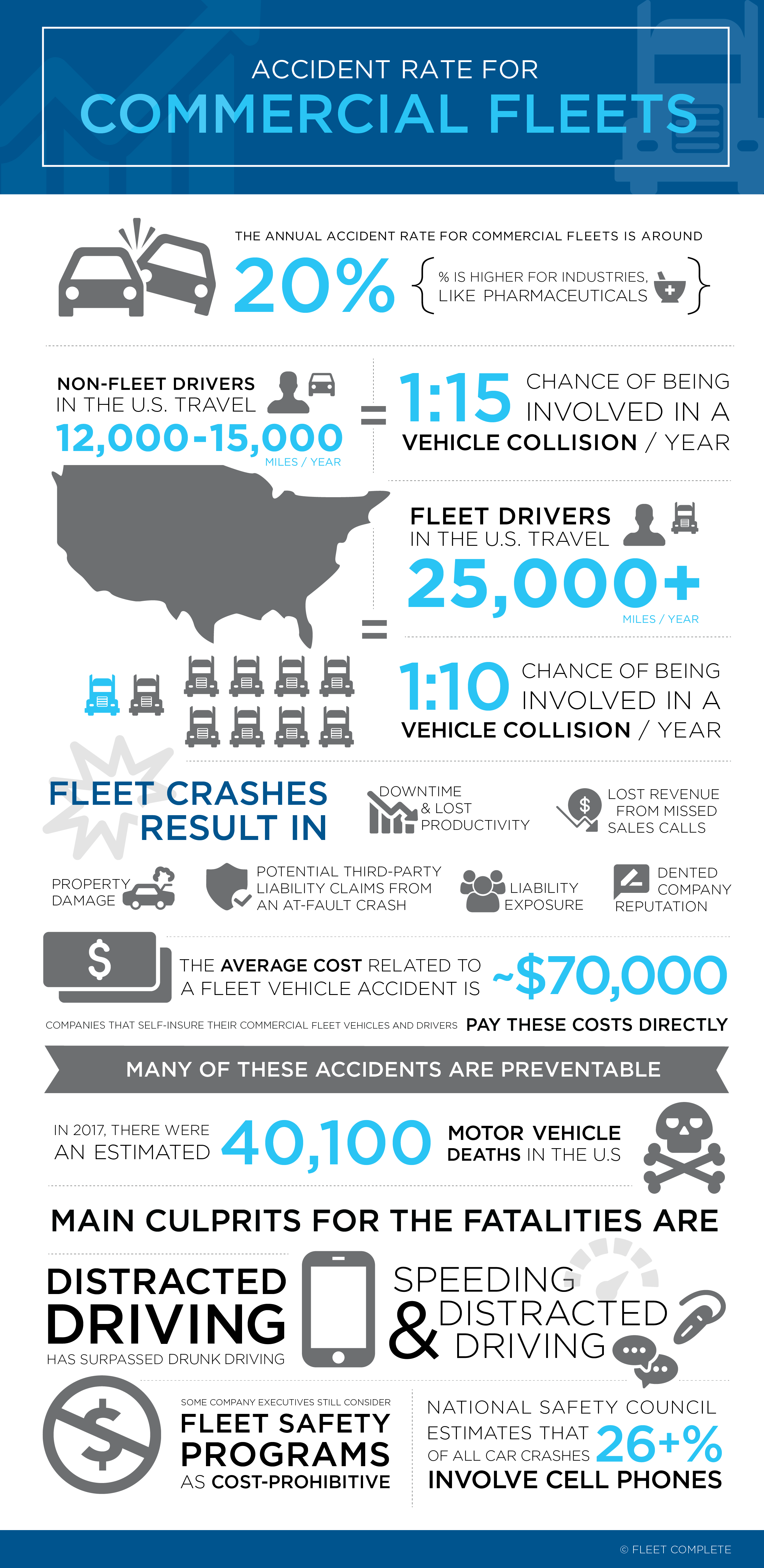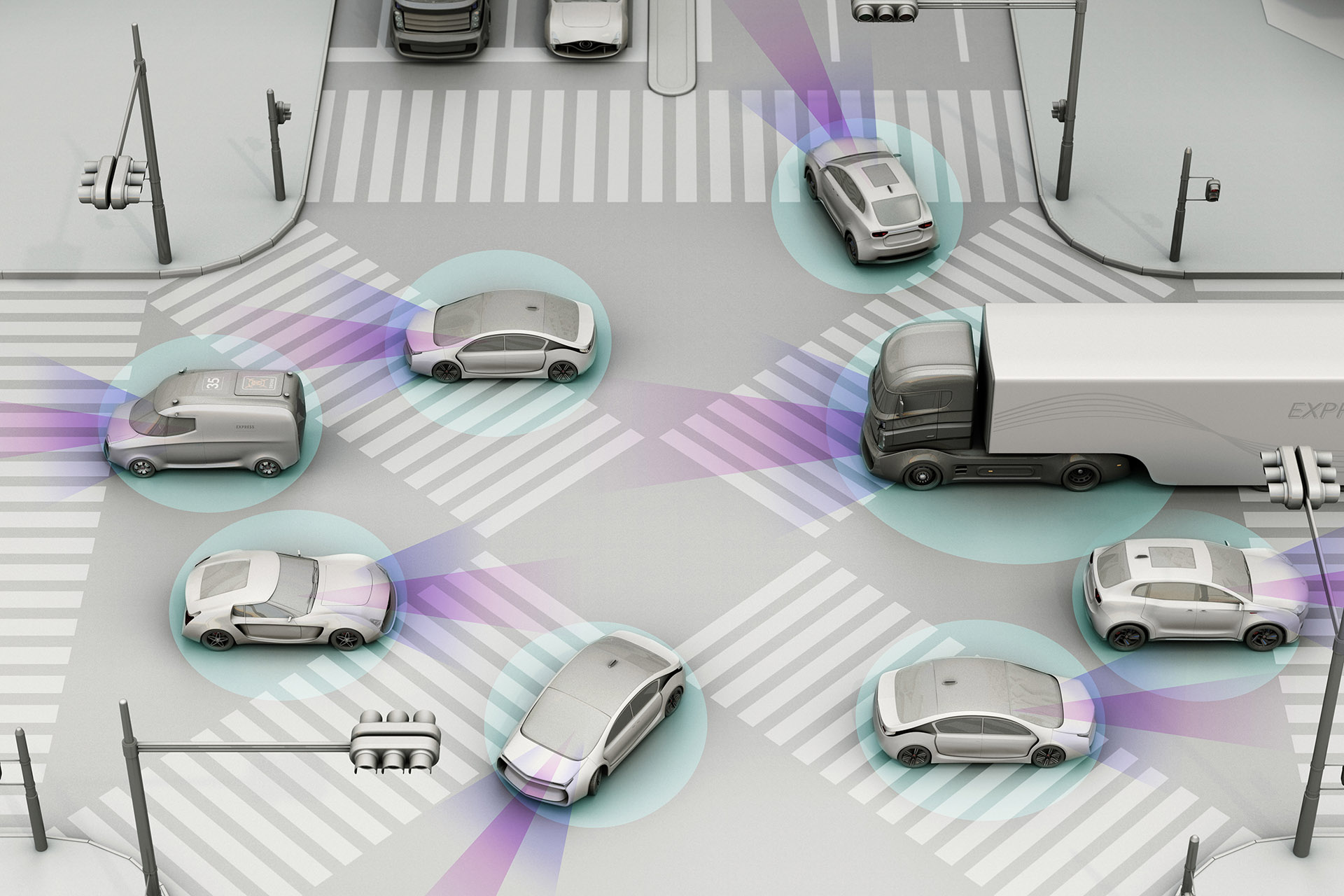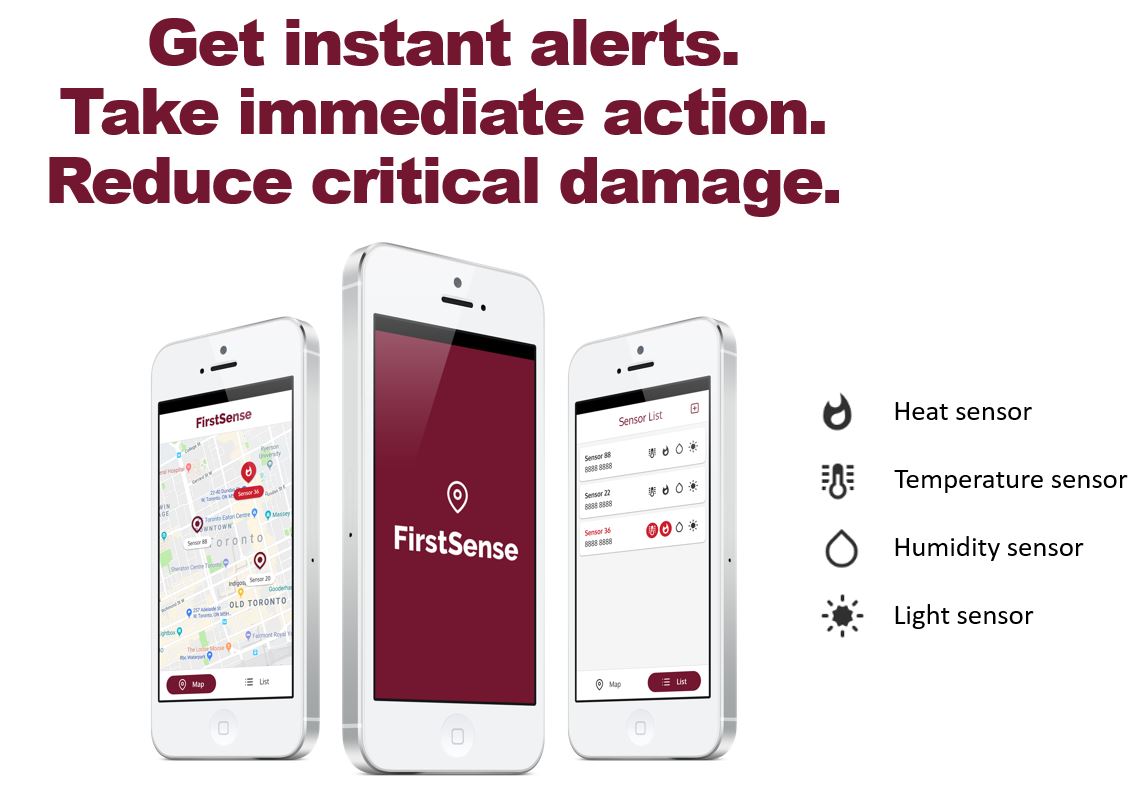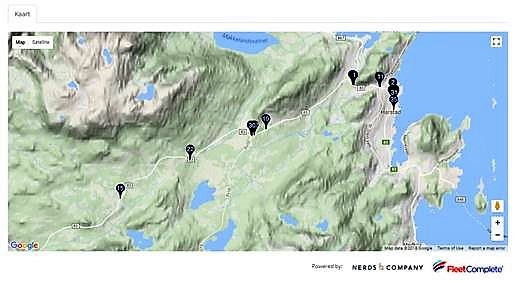Eliminating the use of paper in your fleet can help you reduce excessive clutter, streamline your transport business operations, and eliminate detrimental environmental impact.
Think about it. In an average office, a worker uses a sheet of paper every 12 minutes. And the average person uses 250 to 300 kilos of paper annually!
Trying to organize and store this much paperwork is enough to complicate business processes and create a lot of stress.
If you’re in the fleet/trucking business, you have the mandatory daily vehicle inspections (DVIRs) that your bus drivers or truckers must conduct before and after any trip. For a long time, this has been conducted manually via a paper checklist, which makes the entire process cumbersome for a daily routine – and creates a potential risk of neglect.
However, it doesn’t have to be this way. Switching from paper-based inspection reports to electronic inspection reports can eliminate the stress associated with the process and streamline the inspection procedure.
So, here are 5 reasons your fleet business should go paper-free.
1. Manage Time Better
Completing paper vehicle inspection reports is a time-consuming process, as it depends on the driver’s speed in accessing their vehicle and writing out the findings. Paper also tends to get lost or misplaced, by the way.
With Powerfleet’s (formerly Fleet Complete) solutions, such as the Inspect app for DVIRs, drivers can log major and minor defects straight in the app, or tag them as not applicable. Once they complete the in-app form, it’s immediately forwarded to the fleet manager and the Mechanic Portal without intermediaries, and drivers can sign off on all reports digitally. This eliminates the need to transfer routine paper logs of defects physically to the mechanic (which consumes valuable operational time), as they become accessible online.
The great thing about this is that with digital forms, inspection data gets stored automatically, which cuts out the need for manually inputting data.
Let’s look at this from a practical perspective. Say your drivers spend an average of 6 minutes completing inspection reports and the fleet manager spends 4 minutes manually inputting each pre-trip inspection report into the software used to store all records.
If your fleet has 100 active vehicles, the entire process would take between 16-18 hours to complete, assuming you’re processing 6 vehicles per hour.
If you have twice as many vehicles, your input time would double!

With electronic inspection forms via fleet management solutions, you can eliminate manual data inputs and facilitate faster vehicle inspection report completion times.
2. Improve Your Internal Communication Processes
With digital vehicle inspection forms, you can also eliminate all paper trade-offs between drivers, mechanics, and fleet managers.
The electronic approach allows all inspection information to be displayed on a centralized platform immediately after a driver uploads it, which enables all relevant parties to instantly have access to it.
For example, as we saw in the previous section, the Inspect app offers a Mechanic Portal that allows fleet mechanics to manage your vehicle repairs and maintenance online.
Once the driver completes their log in the app, the mechanic just needs to log into the portal to access the information.
This minimizes the risk of inspection forms getting lost or damaged, and the need for storage, because fleet managers could be mandated to keep original DVIRs for months.
3. Save Costs
With time, purchasing paper inspection forms add up. Depending on the size of your fleet, the annual budget for these paper-based reports can be expensive.
Let’s see a practical explanation. The price of a vehicle inspection logbook that will usually last one driver for a month is $3.81. That may look inconsequential until you take into account the annual cost for the size of your fleet:

These are just logbook costs, not including stationary expenses or labor monetary needs associated with paper-based reports. Here’s a brief infographic to put the cost of using paper in your business into a broad perspective. For instance, 15% of a company’s revenue is spent on creating, handling, and distributing documents.

However, with the digital approach, you get to remove all of these expenses and save labor costs in the process. Drivers and fleet managers can allocate more time to other aspects of the business with greater value-added.
4. Eliminate Negative Environmental Impact
The transition from a paper-based approach to a technological one has a tremendous positive impact on the environment, which is saving trees.
Taking the paperless route has a domino effect on the use of other resources as well. For instance, if you eliminate paper usage in your fleet, it automatically affects the number of pencils, staplers, ink, pens, and any other stationery you use.
All together, you would be significantly reducing your metal, rubber, and plastic use annually. You’ll also reduce your fuel consumption and document control costs.
5. Getting Rid of Clutter
No one likes to see paper clutter. Research shows that we never use or even look at 80% of the information and papers we keep.
That’s not all. A National Association of Professional Organizers (NAPO) study revealed that 91% of workers in a survey stated that they’d be more efficient and effective if their workplace was organized better.
With the paperless approach, you can reduce the disorganization associated with paper reports. Electronic files take no space in your office and allow you to easily find information.
Conclusion
Although going paper-free with your vehicle inspection reports may entail a slight learning curve, the outcome is well worth it, as you’ll streamline your business processes and enhance your organizational workflows.
So, if you want to save costs, eliminate clutter, reduce negative environmental consequences, manage time better, and enhance your communication processes, try out our Powerfleet (formerly Fleet Complete) demo or contact us here.
If you have additional thoughts or questions on driver vehicle inspection reports, comment below!




















